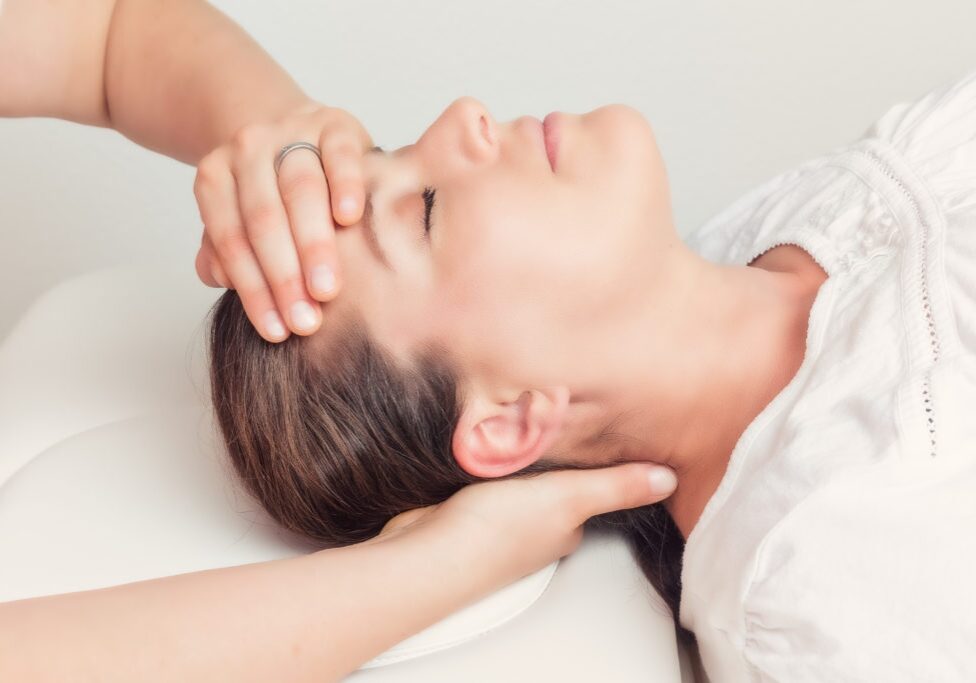What is Vestibular Therapy?
Vestibular rehabilitation is a conservative treatment approach to impairments regarding your inner ear system when it comes to balance and dizziness symptoms.
Vertigo
CPG 2017 update from 2008 CPG
Posterior canal BPPV is more common than horizontal canal BPPV, constituting approximately 85% to 95% of BPPV cases
Take a look at the Clinical Practice Guideline
About
Symmetry Physical Therapy is a privately owned one-on-one, patient-centered physical therapy clinic in Downtown Miami/Brickell. Every treatment is with the same Doctor of Physical Therapy for the entire hour. Symmetry’s specialized, dedicated, and passionate team of physical therapists is fully committed to each patient’s success.
10+ Years as a Therapist Owned Physical Therapy Practice


